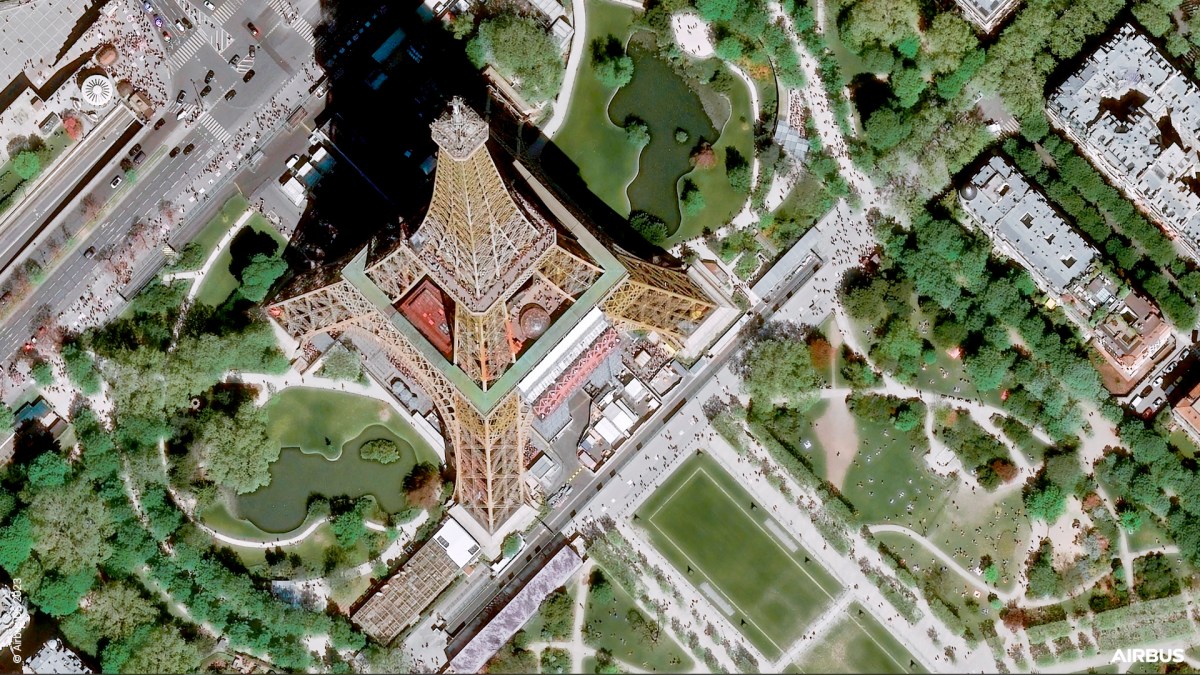WASHINGTON — More than a year after losing two Pléiades Neo high-resolution imaging satellites in a launch failure, Airbus has outlined plans to replace them.
The company announced April 29 a new program called Pléiades Neo Next, which it described as creating “new satellite assets and capabilities” to augment the two Pléiades Neo satellites currently in operation. That will start with one satellite Airbus has started to manufacture that will launch in the next few years.
“This new program will further enhance our standard of excellence in terms of quality, performance and reliability to deliver images as well as geo-intelligence services and applications,” Karen Florschütz, executive vice president for connected intelligence at Airbus Defence and Space, said in a statement.
Airbus currently operates two Pléiades Neo satellites launched in 2021, capable of providing imagery at a resolution of 30 centimeters. Two more satellites were launched in December 2022 but were destroyed in the failure of their Vega C rocket.
The company said for more than a year after the failure that it was exploring how to replace the two lost satellites. At a Feb. 15 briefing about the company’s 2023 financial results, Guillaume Faury, chief executive of Airbus, said there was “strong demand” for the imagery produced by the two operational satellites but that the company had not decided how to replace, partially or completely, the capacity on the lost satellites.
The announcement of the Pléiades Neo Next program did not provide many details about the number of additional satellites, beyond the one to be launched in the next few years, as well as their capabilities. The Pléiades Neo Next satellites will offer “enhanced native resolution,” Airbus said, but did not give a specific resolution. The company said it will also upgrade its ground segment to improve capacity and reduce the time between requesting and receiving imagery.
Marina Mittermaier, a spokesperson for Airbus Defence and Space, told SpaceNews that the Pléiades Neo Next satellites will provide geolocation accuracy of 3.5 meters. They will provide imagery in red, green and blue as well as near infrared and “deep blue” bands. She declined to disclose financial details about the company’s investment in the new system.
The announcement of Pléiades Neo Next comes as Maxar Intelligence is preparing to deploy its WorldView Legion constellation of imaging satellites. The first two spacecraft of the six-satellite constellation are scheduled to launch as soon as May 2 on a Falcon 9 from Vandenberg Space Force Base in California after lengthy delays. Those satellites, like Pléiades Neo, will be able to collect images with a resolution of 30 centimeters.
